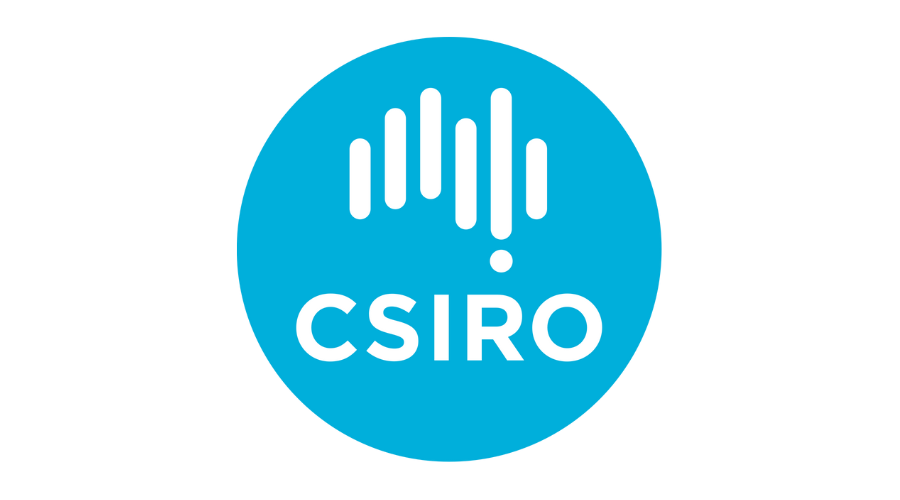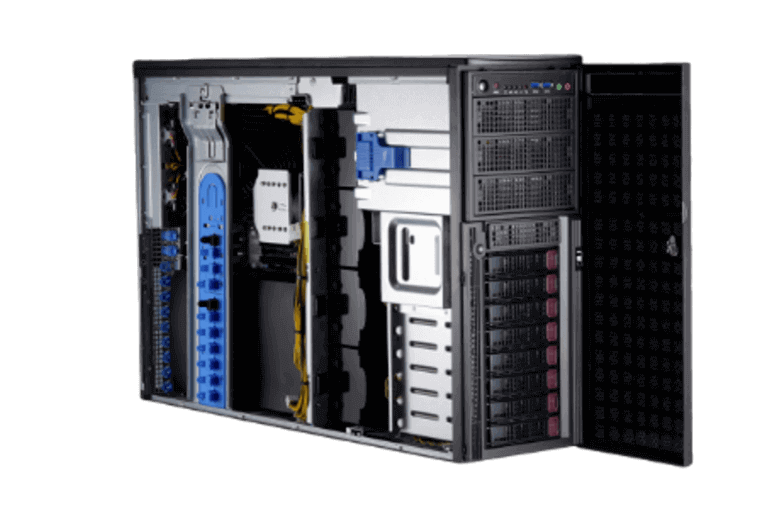
ESTABLISHED IN 1916

- 5500 staff committed to delivering the greatest national benefit
- 55 sites across Australia
PRODUCTS USED
-
DiGiCOR GPU Optimised Workstations
DiGiCOR ST83-DS228-MND10GOR
For nearly a century, Australia’s leading science and technology research institute, CSIRO, has been improving the lives of people everywhere with science. Through inventions and innovations, CSIRO gives a significant positive impact such as fast fast WiFi, polymer banknotes, the CSIRO Total Wellbeing Diet and Aerogard.
This project was in collaboration with CSIRO’s radio astronomy, deep space tracking, and communication activities departments. The company handles data workloads that relate to space science coordination, advanced aerospace business development and national/international facilities management. With such a unique and exclusive in-house workload, the company looked at building a solution from the ground up with DiGiCOR and other vendors in conversation. Hence, this allowed us to integrate many reliable and high-quality systems with the company and help gain the trust of our client.
HIGHLIGHTS
 OBJECTIVES
OBJECTIVES
- Acquire a solution that they had preconfigured from the ground-up, to tackle the astronomy workloads
- Obtain a system that provides significant computing and processing power
- Flexible and scalable system
 HOW WE HELPED
HOW WE HELPED
- Worked together to obtain an alternative (FPGA) to their initial technology proposal (GPU) for internal number crunching
- Locally drive highly scalable and flexible solutions within Australia
- Provided a better and more cost-performant solution whilst still fulfilling their needs
 FEATURED SOLUTIONS
FEATURED SOLUTIONS

DiGiCOR ST83-DS228-MND10GOR
 RESULTS
RESULTS
- The FPGA we recommended provides responsiveness and capability for more dedicated special-purpose innovation
- High satisfactory and high cost-performance system
- Create a healthy relationship with the company
Challenges
CSIRO was looking to acquire a solution that they had preconfigured from the ground-up, to tackle astronomy workloads such as satellite networks and space imaging within their location. This type of workload required significant computing and processing power as the main driving factors from the organisation’s professors and scientists. In addition to this purely high-performance solution, they required flexibility and scalability within systems to fit different local in-house workloads and projects.
How We Helped
We worked closely with the company to optimise their solution so that they could fully integrate into their unique space-related onsite operations. The solution that we worked together on providing an alternative to their initial technology proposal for internal number crunching. We satisfied many driving factors through our ability to locally drive highly scalable and flexible solutions within Australia.
We collaboratively provided a better and more cost-performant solution that took care of their business objectives and budget without any sacrifice.
To meet CSIRO Astronomy’s specific requirements, we proposed an FPGA-focused workstation solution, the DiGiCOR model ST83-DS228-MND10GOR:
- Dual socket FPGA-optimised workstation supports 2nd Intel Xeon Scalable Processors and 20 cores for CPU rendering potential power. In addition, this solution can be optimised with up to 4x GPUs such as NVIDIA Tesla, Quadro RTX or GeForce RTX.
- Ideal for any intensive workloads such as rendering, machine learning, AI, or any heavy parallel computing.
Results
Based upon their certain astronomy workloads, we satisfied the organisation’s expectations of being locally available and providing scalable and flexible solutions.
With the initial proposal of GPUs in their solution, we recommended utilising FPGAs instead. The benefits of the FPGA instead of a GPU were the immediate high-latency processing of data from a unique hardware interface and real-time reactions based on received data. The processing functionality of FPGAs can be customised on a logic port level, whereas GPUs can only be programmed at a static instruction level, therefore making FPGA the optimal solution due to responsiveness and capability for more dedicated special purpose innovation such as astronomy and space workloads. As a result, our solution has been highly satisfactory as a highly cost-performant system.
Through our high level of quality products, services and support, we were able to create a healthy relationship with the company.
Featured Solution: DiGiCOR-GPU-Optimised-Workstations
DiGiCOR ST83-DS228-MND10GOR
4U GPU Workstation form factor supports the following:
- CPU: Dual 2nd Gen Intel Xeon Scalable processors
- RAM: Up to 4TB 3DS ECC RDIMM/LRDIMM up to DDR4-2933 MHz, 16 DIMM Slots
- PCIe: 4x PCIe 3.0 x16, 2 PCI-e 3.0 x16, 1 PCI-e 3.0 x4
- Networking: 2x 10Gb-T LAN ports
- Drive: 8x Hot-swap 3.5" drive bays
- PSU:2200W Redundant Power Supplies Titanium Level 96%
Recommended Configuration:
- 2x Intel® Xeon® Silver 4210 Processor
- 12x 8GB DDR4 2933MHz ECC RAM
- 4x 480GB Intel S4510 SSD
- 2x 8TB SATA HDD
- 2x Mellanox Connect X-5 EN 100 GbE
- Single-port QSFP28
